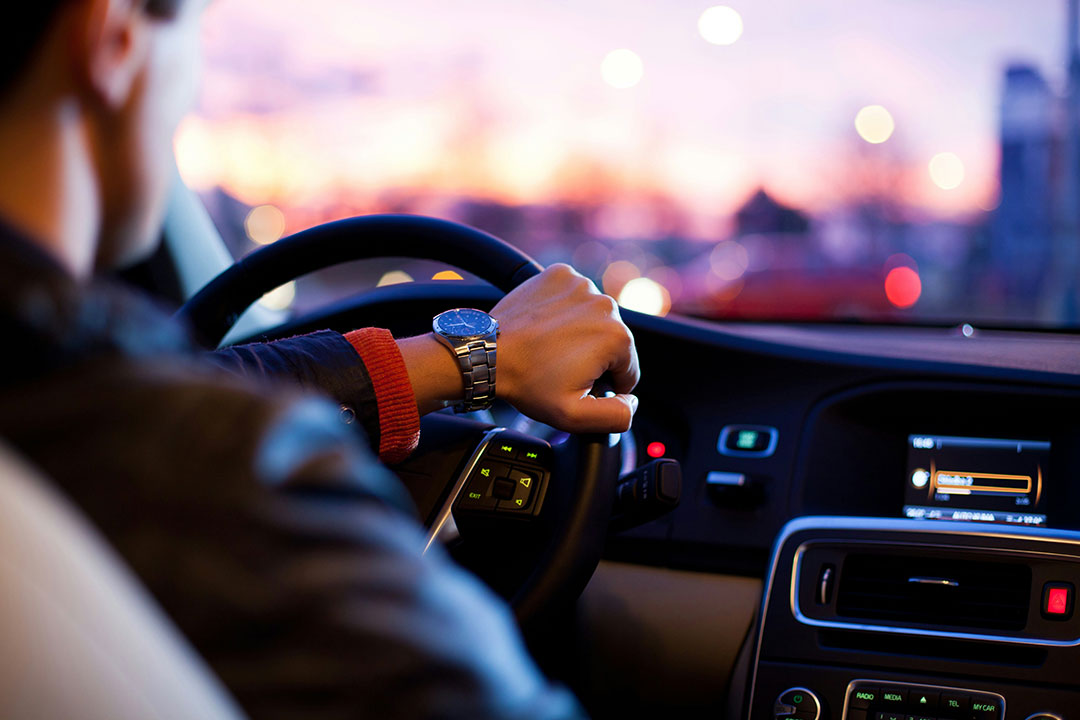
Medicine Cabinet
By Teodoro B. Padilla

Road rage is no longer a rare outburst — it has become disturbingly common.
Violent confrontations among motorists, sometimes leading to fatalities, now frequently appear on social media and the news. In Metro Manila alone, a portion of the 72,000 vehicular accidents reported in 2022 was linked to road rage, according to the Metropolitan Manila Development Authority (MMDA).
The situation is worsening. Every day, an average of 32 Filipinos die in road accidents. The Philippine National Police (PNP) reported a notable increase in road accidents in 2024 compared to the previous year, with fatalities rising by 35% — from 2,030 in 2023 to 2,747 in 2024. A staggering 87% of these accidents were due to reckless driving. This includes improper overtaking, speeding, drunk driving, overloading, and the use of mobile phones while driving. Other factors include poor vehicle maintenance and inadequate road conditions.
But statistics tell only part of the story. Behind these numbers are countless impulsive decisions, unchecked emotions, and the failure to maintain discipline while driving. Traffic congestion, stress, fatigue, poor driving skills, and sometimes substance abuse or untreated mental health issues create a volatile mix. These elements can quickly escalate into aggressive driving — and ultimately, road rage.
Road rage lacks a consistent clinical definition, but it is generally understood as a set of thoughts, emotions, and behaviors in response to perceived provocation on the road. It is a reaction to what a driver views as poor, dangerous, or inconsiderate driving by others. These reactions can range from verbal abuse and rude gestures to more extreme forms, such as intentionally tailgating, sideswiping, or even using a vehicle or weapon to inflict harm.
Some experts define road rage as aggressive driving that endangers or potentially endangers others, typically involving deliberate acts of hostility and risk-taking. While road rage is not formally recognized as a mental disorder, it can be symptomatic of underlying issues such as anxiety, depression, or intermittent explosive disorder (IED) — a condition marked by repeated, uncontrollable outbursts of aggression. Those dealing with such mental health issues are encouraged to seek help from professionals for diagnosis and appropriate management.
Recognizing the urgency of the situation, the Land Transportation Office (LTO) launched its “Stop Road Crash” advocacy in 2024. The campaign aims to reduce road accidents by at least 35% by 2028. The LTO is undertaking a comprehensive data analysis of traffic accidents and road rage incidents, leveraging digital technologies to gather real-time information. The goal is to create effective, data-driven interventions encompassing enforcement, infrastructure improvements, regulatory reforms, and public education to promote road discipline.
Legislative efforts are also underway. Several bills seeking to impose harsh penalties on individuals involved in road rage incidents have been filed in the House of Representatives. One of these, House Bill 8991 or the Anti-Road Rage Act, proposes imprisonment of six to 12 years and fines between P250,000 and P500,000 for road rage incidents that result in death. These penalties are in addition to civil damages, as determined by the courts.
While policy and enforcement are crucial, individual responsibility remains paramount. The LTO provides practical advice for avoiding road rage and fostering safer road behavior. First, practice road courtesy. Simple acts like using turn signals, yielding when appropriate, and respecting pedestrian rights can significantly reduce tension and frustration. Giving way to merging vehicles or avoiding unnecessary honking can help create a calmer driving environment.
Second, manage your emotions behind the wheel. If another driver provokes you, resist the urge to retaliate. Take deep breaths, stay focused on your destination, and avoid escalating the situation. Keeping a safe distance from the vehicle in front of you is another essential step — not only to avoid collisions but also to prevent confrontations triggered by tailgating.
Third, avoid competition and aggressive driving behaviors. Racing, sudden lane changes, or retaliatory gestures may give a momentary sense of satisfaction but come at a high cost. Remember: you gain nothing by “winning” an argument on the road. What you stand to lose — your safety, your freedom, or your life — is far more significant.
Fourth, always consider the consequences. Road rage incidents can lead to serious legal repercussions: fines, imprisonment, or license suspension. They can also cause lasting harm, from physical injuries to emotional trauma. One impulsive act can ruin lives, including your own.
Finally, practice empathy. Every driver on the road has a story — you never know what challenges another person might be facing. Perhaps they’re rushing to an emergency or simply having a bad day. Choosing compassion over confrontation can make a world of difference.
The road is a shared space. Every motorist has the power — and the responsibility — to contribute to a safer environment. Road rage is not just a personal failing; it’s a public safety issue. By promoting discipline, respect, and emotional control behind the wheel, we can all help ensure that getting to our destination doesn’t come at the cost of someone else’s life.
Let us drive with patience, lead with courtesy, and remember that the strongest response to provocation is restraint. In doing so, we protect not just ourselves, but everyone around us.
Teodoro B. Padilla is the executive director of Pharmaceutical and Healthcare Association of the Philippines which represents the biopharmaceutical medicines and vaccines industry in the country. Its members are in the forefront of research and development efforts for COVID-19 and other diseases that affect Filipinos.